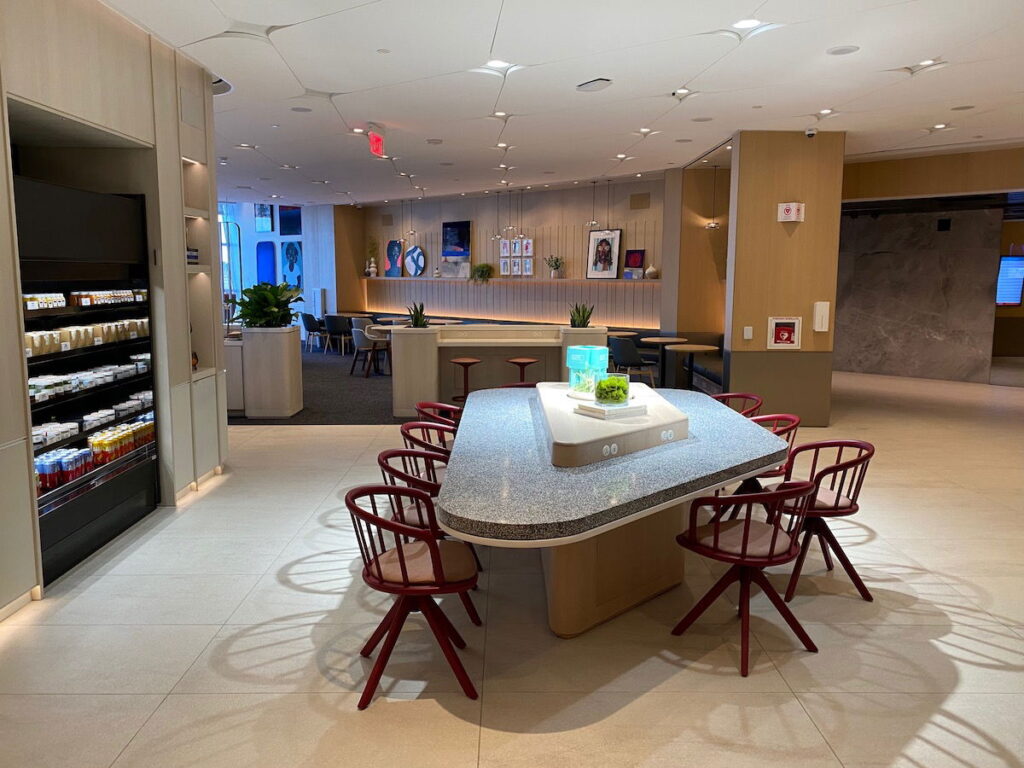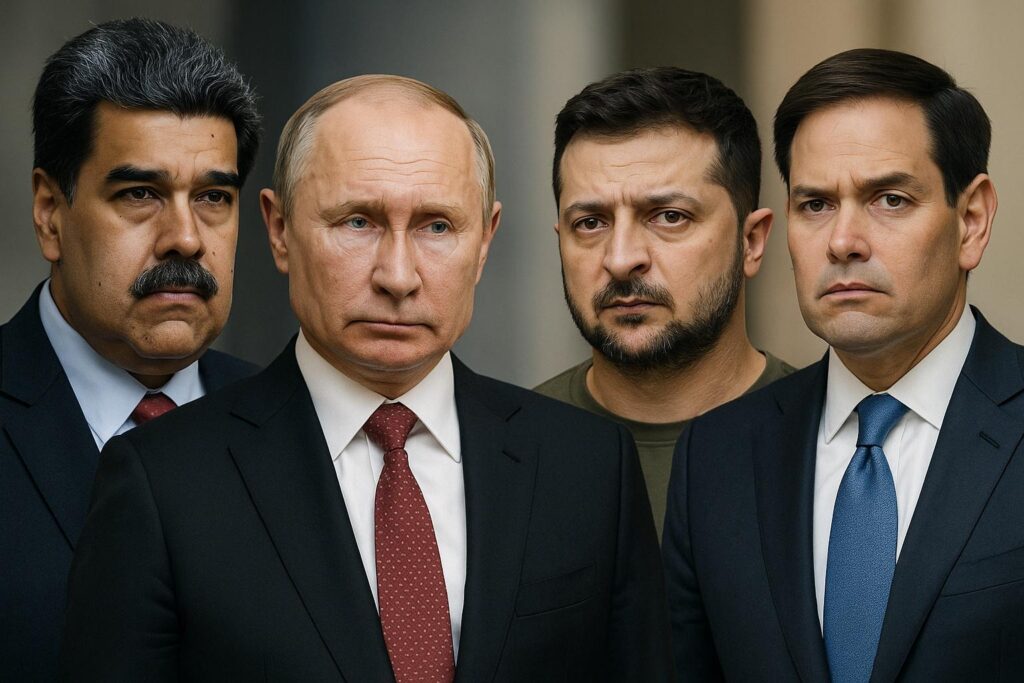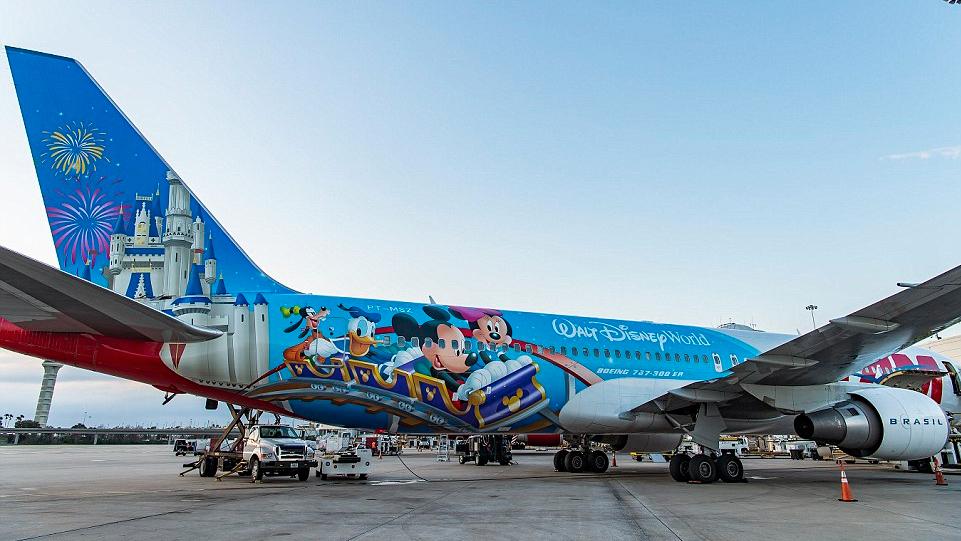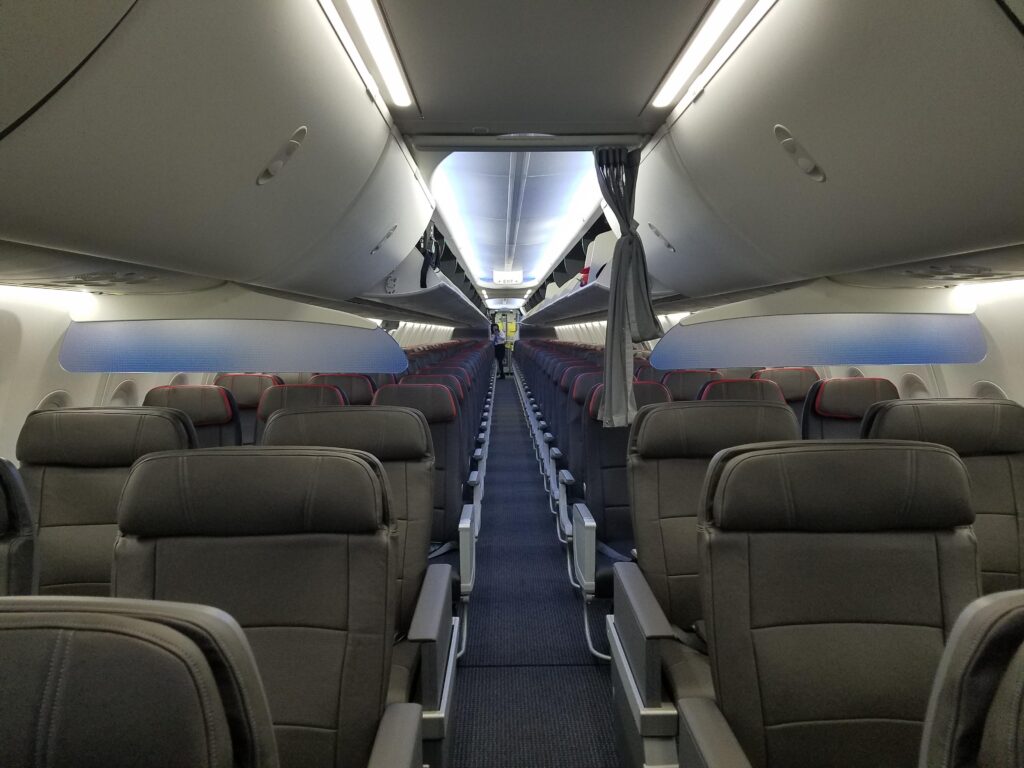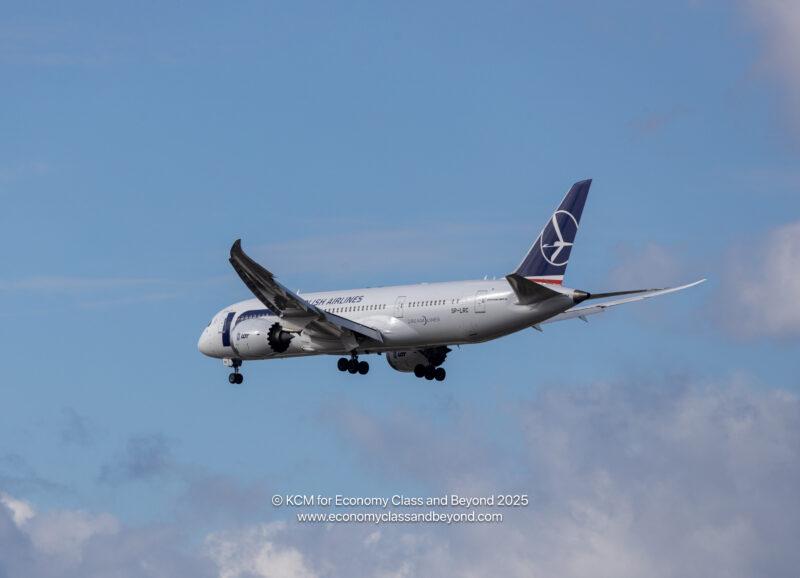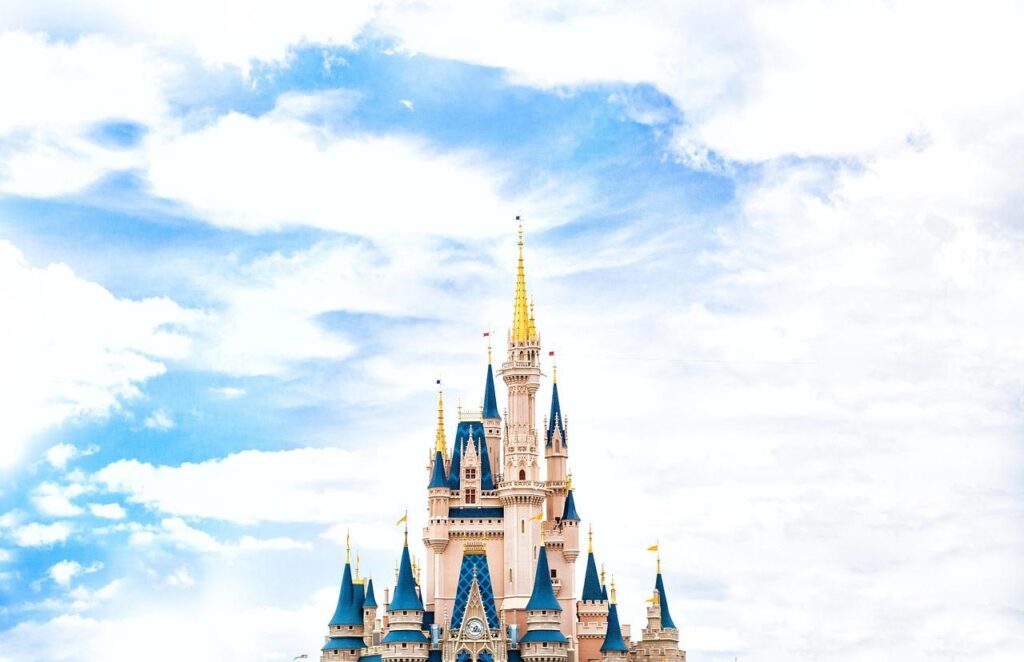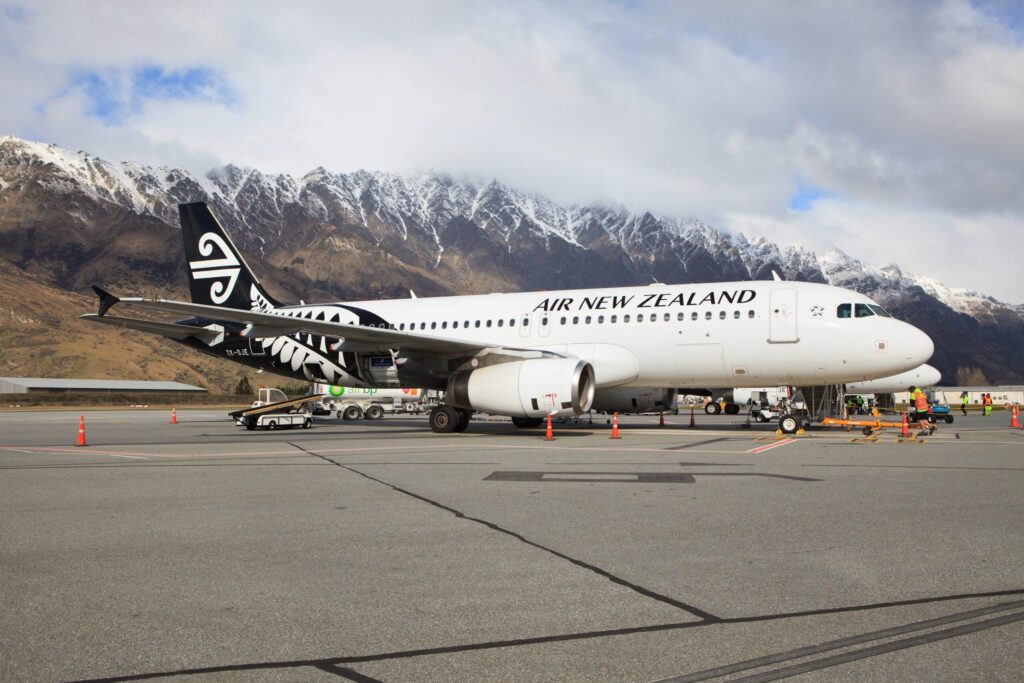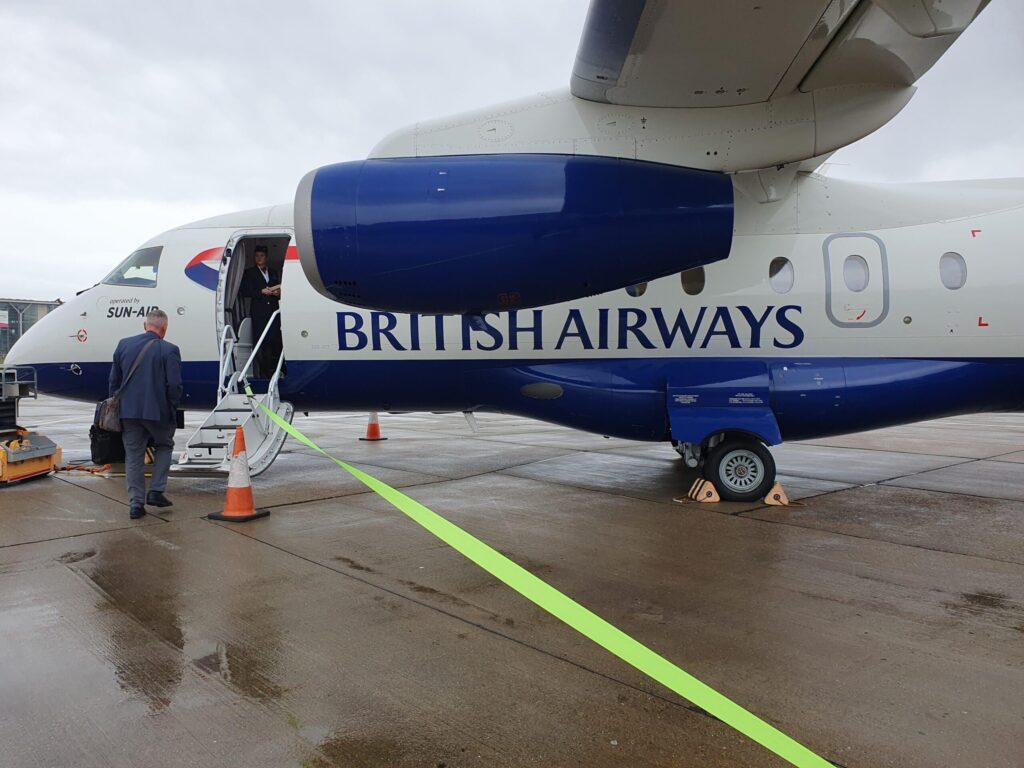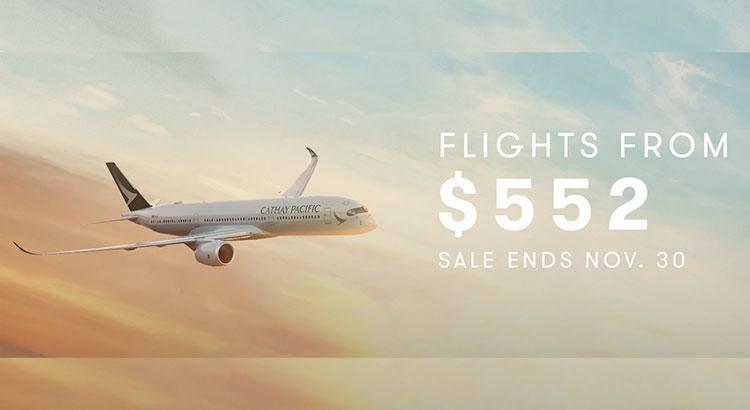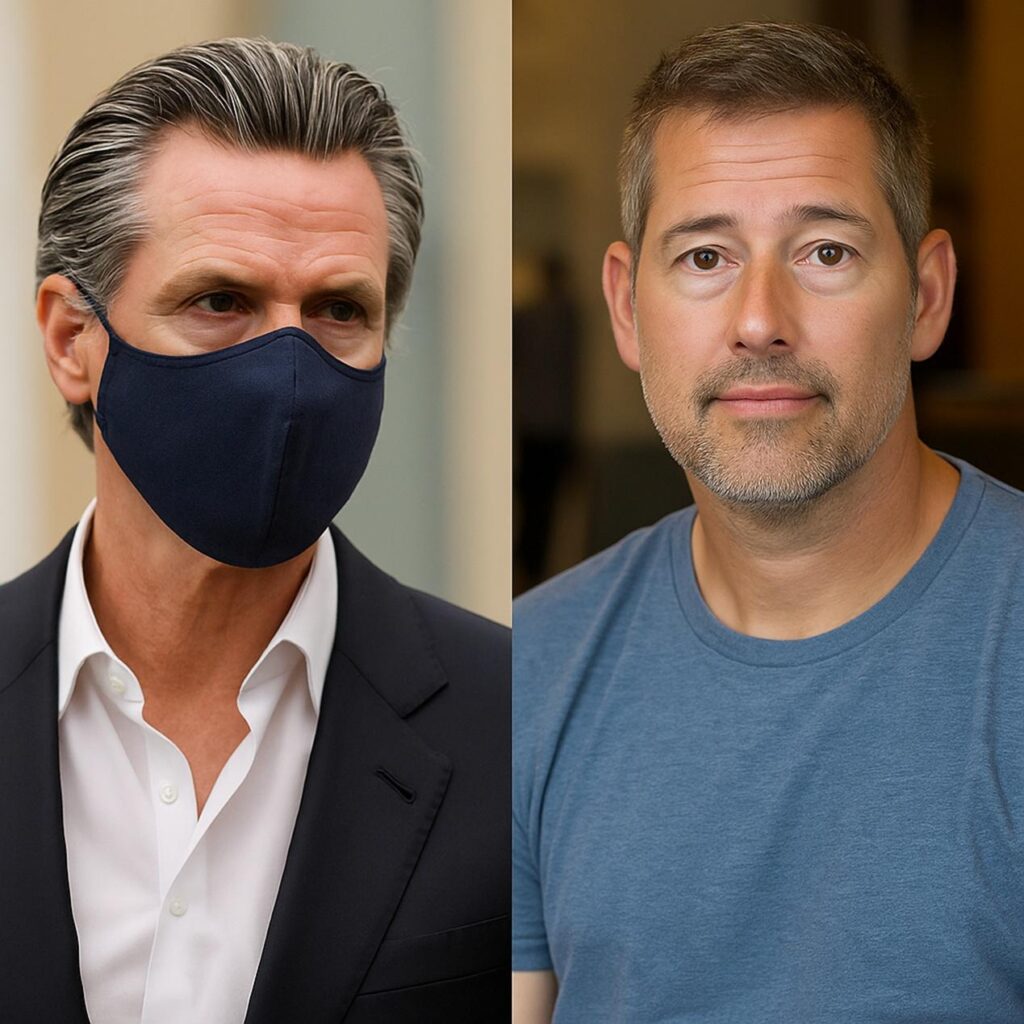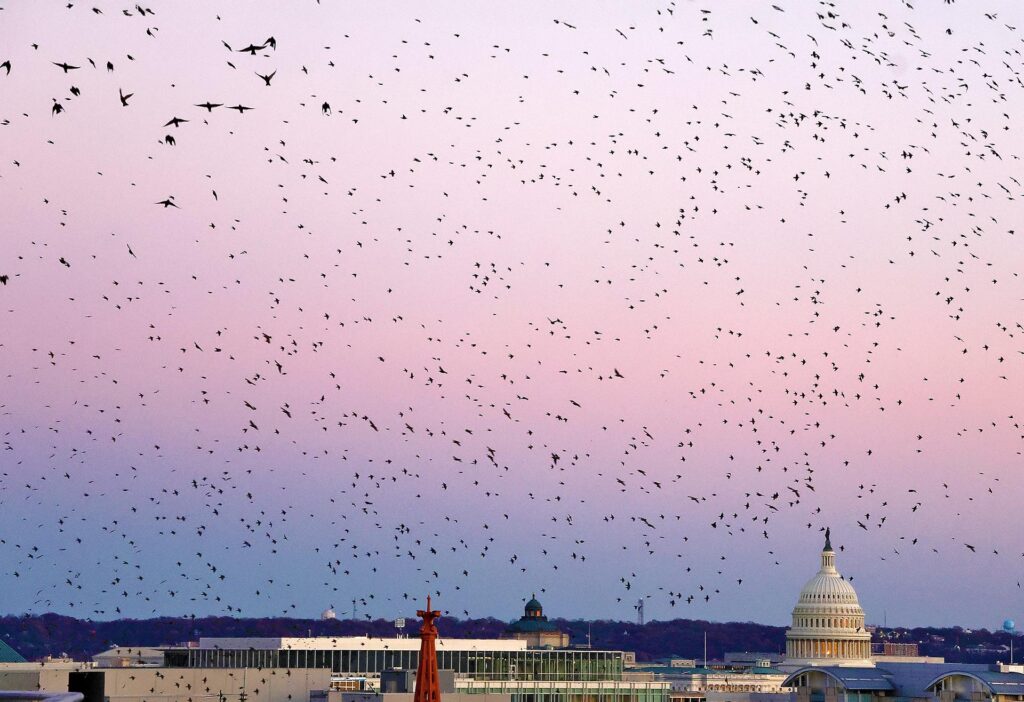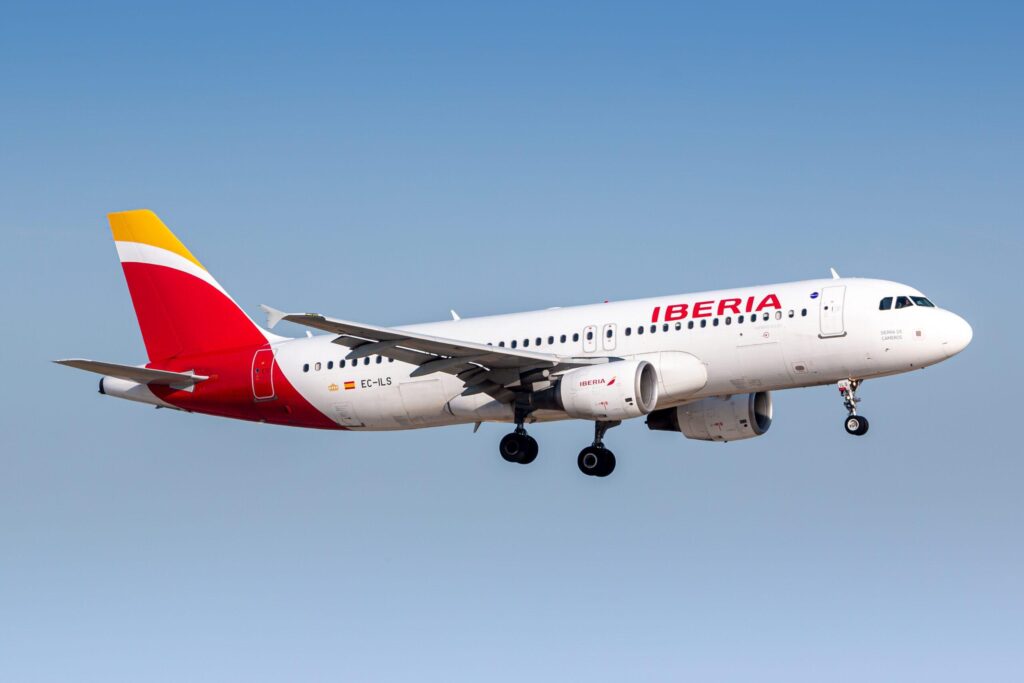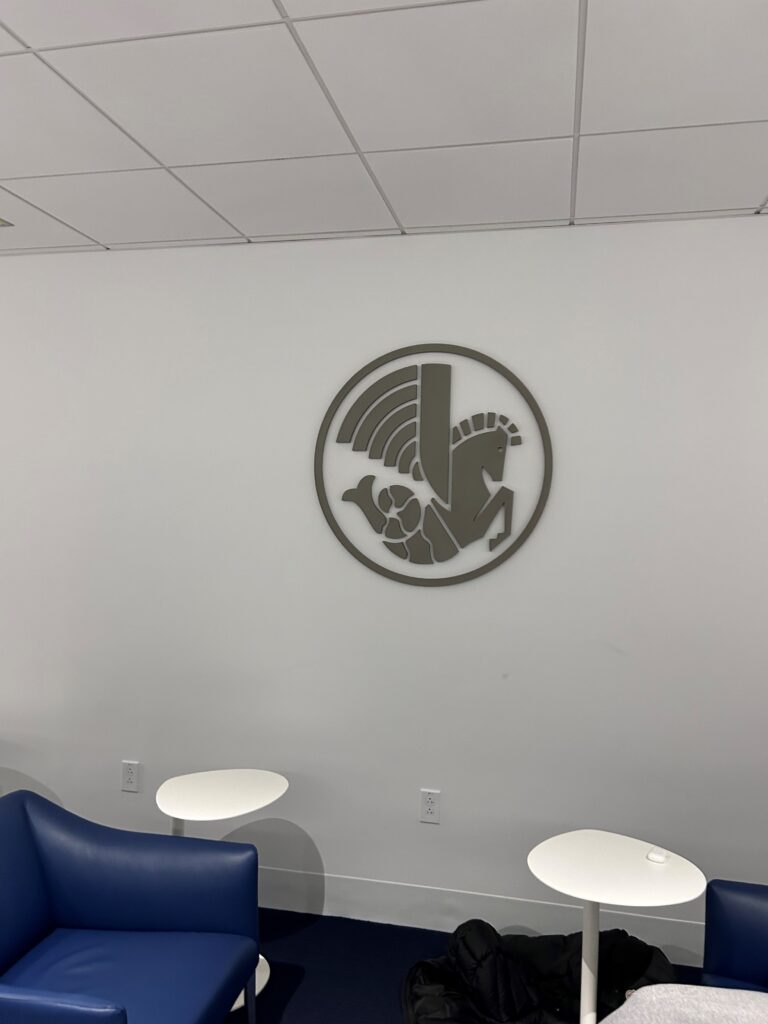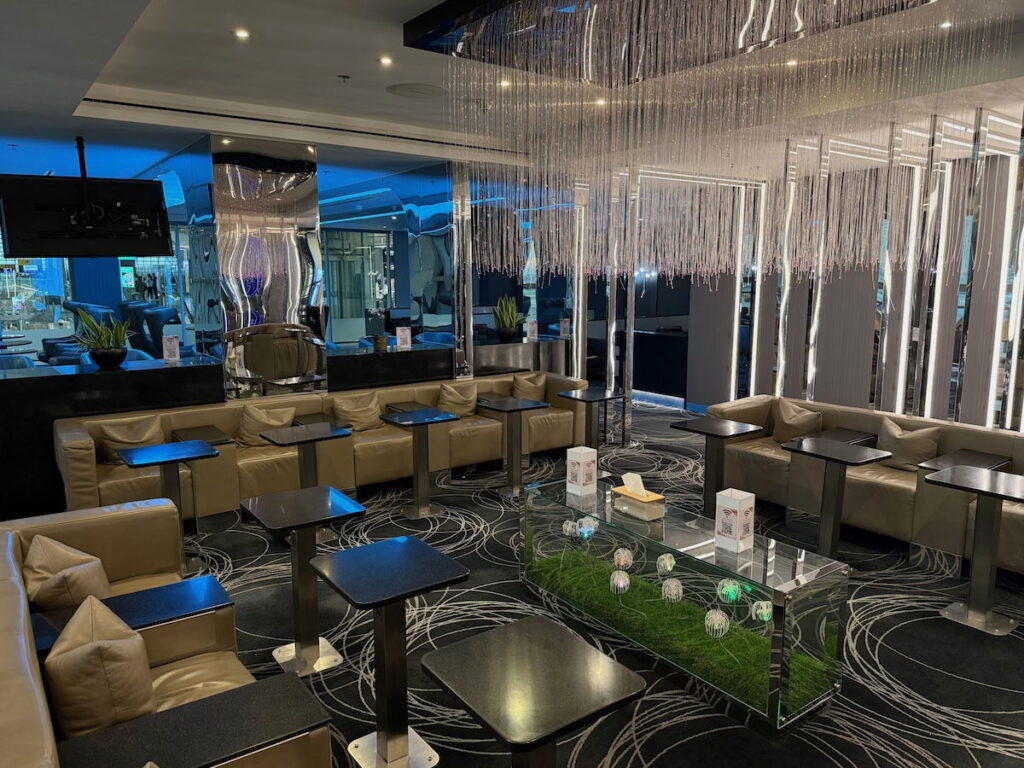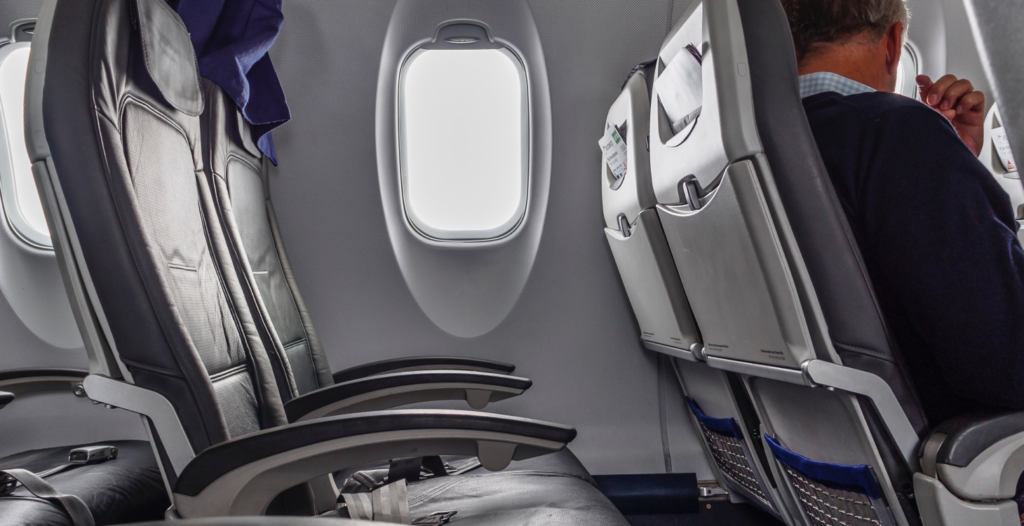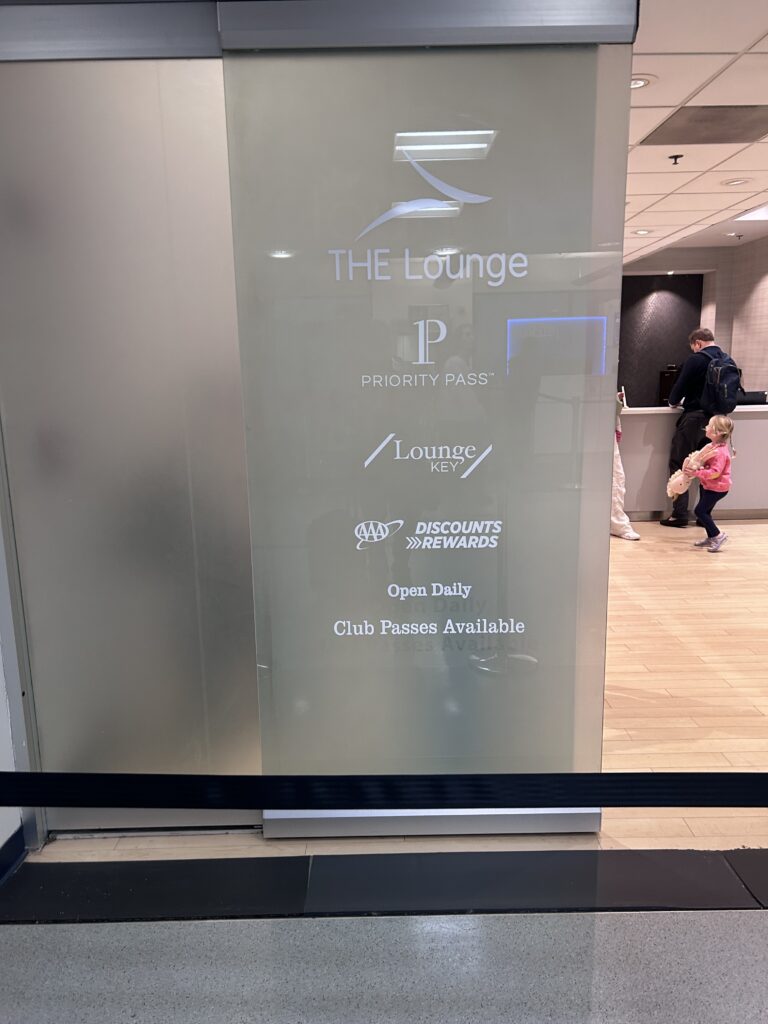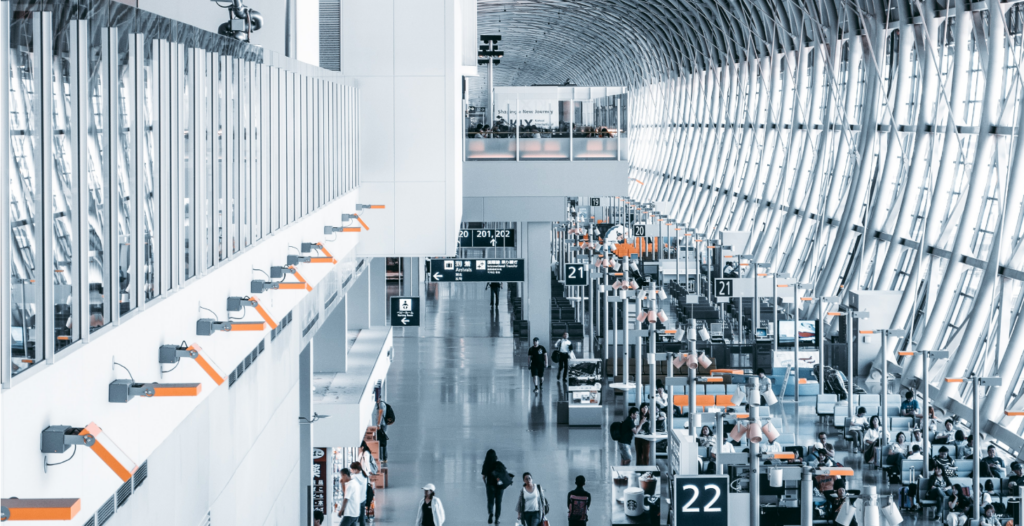
Paris One Year After the Olympics: A Frequent Flyer Update
In 2025, I’ve found Paris to be an entirely different city compared to the bustling Olympic season of the previous year. The infrastructure revamps and cultural buzz that swept through the City of Light didn’t just fade with the extinguishing of the Olympic flame—it flourished, bringing renewed energy for residents and perpetual wanderers alike. I’ve personally witnessed travelers who had once avoided Paris due to surging hotel prices and security measures now eagerly returning, lured by better transportation options, enticing loyalty rewards, and a hunger for new experiences in this post-Games era.
According to industry data, most airlines have continued to increase capacity to Paris since late 2024, with revised routes and an 8% uptick in flights signaling that the city’s comeback is more than a fleeting impression. Whether you’re flying from Canada, Japan, or beyond, now is one of the best times to appreciate a classic destination that has learned from the Olympics and reshaped its tourism playbook.
1. Surging Visitor Numbers and Economic Impact
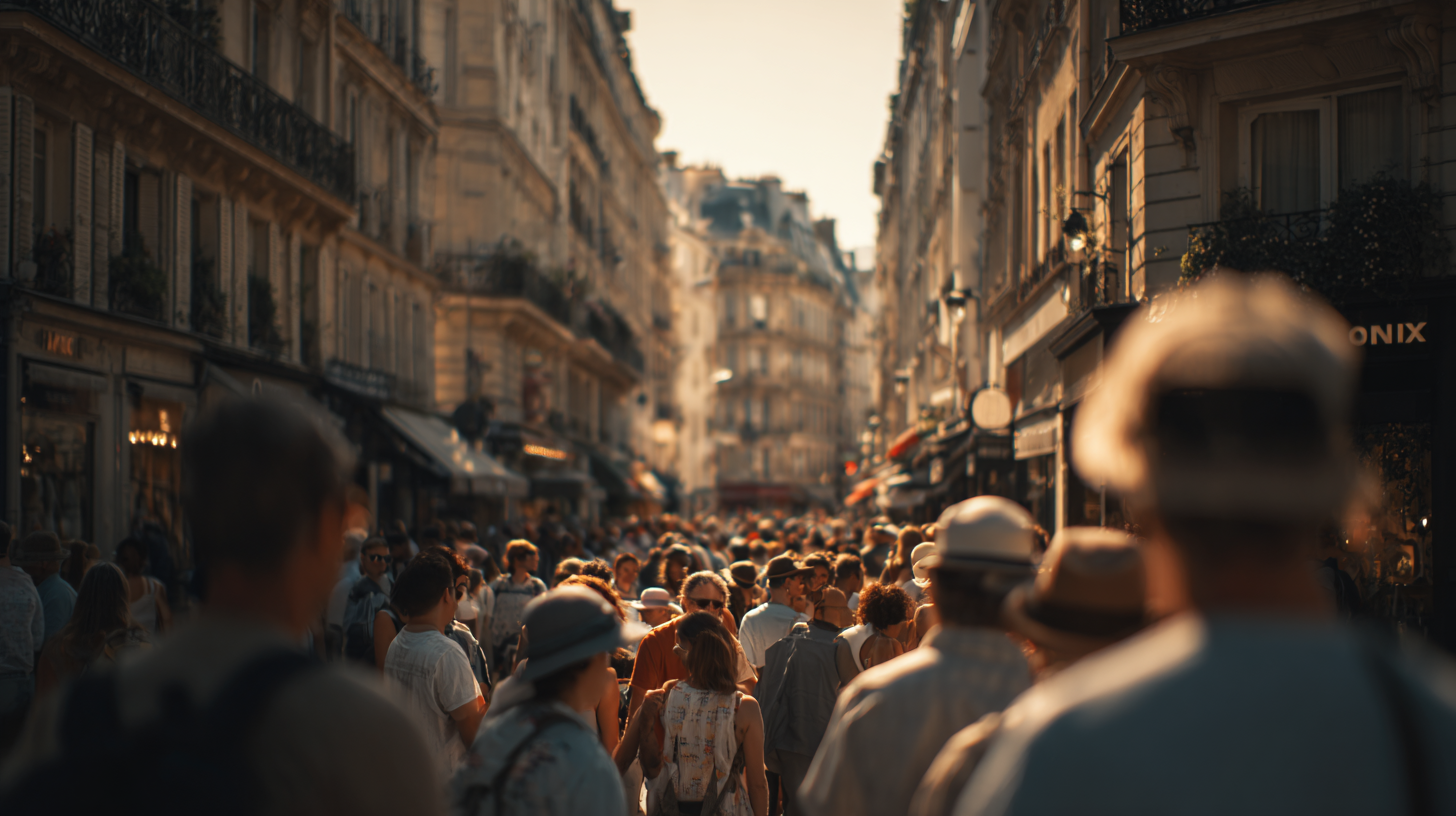
During the 2024 Summer Olympics, approximately 15.3 million spectators—11.3 million for the Olympics and 4 million for the Paralympics—flooded into Paris. Official statistics confirm that Greater Paris reached 48.7 million total visitors that year, marking a notable 2% increase compared to pre-Olympic forecasts. From my perspective, it felt like the entire world converged on the Seine, even as some experts initially predicted traveler fatigue brought on by high accommodation taxes and pricey hotels.
In my own visits right after the Olympics, I observed how café owners who once worried about overcrowding became more optimistic as tourism revenue soared by 8%, reaching roughly €23.4 billion. A recent study suggests that major sporting events often ignite tourism booms for at least a year post-event, and Paris is no exception. The 2024 Games are credited with contributing up to €10.7 billion to the French economy, fueling the creation of 247,000 jobs across hospitality and related sectors. Frankly, I could sense the renewed confidence in local communities where thriving small businesses were quick to cater to international guests well beyond the closing ceremonies.
This uptick also translated into better deals on flights, with some carriers introducing special promotions for frequent flyers in 2025. Booking data confirms flight arrivals to Île-de-France rose by another 8% compared to pre-Olympic seasons, offering more capacity and competitive fares on transatlantic routes. Those of us who rely on mileage programs found extra perks, like shorter upgrade waitlists and bonus miles for off-peak periods.
2. Infrastructure Upgrades and Sustainability

One of the major transformations I appreciated was the extensive modernization of Paris’s transportation network. Marking a century since the city last hosted the Olympics in 1924, local authorities launched a “Paris Pass” that integrated metro, bus, and suburban rail travel. From my vantage point, the seamless connection to newly introduced routes was a dream come true for travelers wanting to explore beyond central Paris. According to official transport surveys, these upgrades cut average commute times by 15% and significantly reduced crowding at major interchanges.
Another highlight for me was witnessing how Paris tackled sustainability head-on, repurposing Olympic stadiums for local sports initiatives and cultural festivals. During my guided tours around parts of the newly renovated facilities, local guides proudly pointed out features like solar-paneled rooftops and expanded green spaces. Environmental groups lauded the city’s forward-thinking approach, which included rolling out more eco-friendly public transport. Recent data from the French Ministry of Ecological Transition shows that urban carbon emissions dropped by nearly 5% in Greater Paris between 2024 and 2025, underscoring how those large-scale efforts can have a measurable, positive effect on climate goals.
At the same time, AI-powered crowd management systems have made a world of difference at major landmarks, including the beloved Notre-Dame Cathedral. When I returned to see its post-fire restorations, I found shorter lines and better-organized tours. This technology, tested rigorously during the Olympics, continues to help both tourists and locals move smoothly across the city, preserving that “move at your own pace” charm that Paris is famous for.
3. Shifting Travel Patterns
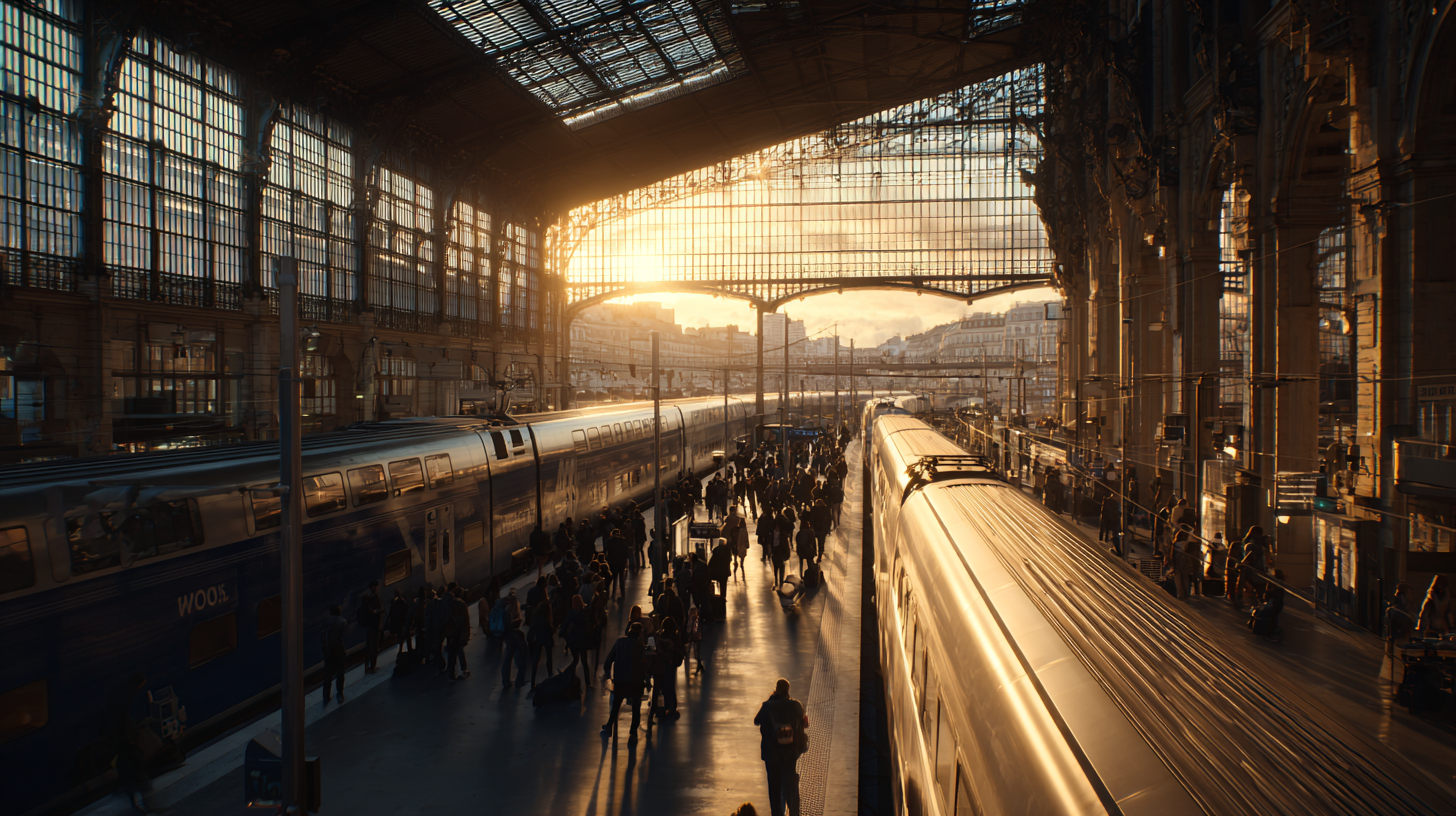
In my personal experience, escaping the more expensive central districts during the Olympic year led me to discover a wealth of hidden gems on the outskirts of Paris. And it seems I wasn’t alone. Bookings for accommodations beyond the city center have surged, thanks in large part to Airbnb listings across Greater Paris increasing by 84%. Though some critics worry about the strain on local housing, many travelers, myself included, have embraced the broader region’s unique flavors and more budget-friendly prices.
According to a recent tourism board briefing, travelers searching for alternative lodging solutions not only saved money but also spread economic benefits to suburban communities that welcomed new business. I’ve noticed the Marais district, previously brimming with foot traffic, did see temporary dips during peak security periods last year. However, the overall data reveals that flight bookings to Île-de-France still rose 8%, even as higher-priced accommodations deterred some visitors. For me, the improved visa processes and digital payment options introduced before the Games have been particularly helpful—it’s far easier to navigate everything from train tickets to contactless museum entries these days.
On the downside, a handful of travelers I’ve met en route mentioned that lingering price hikes and an increased tourist tax initially slowed their plans. But the consensus among frequent flyers is that the city continues to refine these policies, guided by real-time traveler feedback. Industry observations indicate that these changes—though sometimes frustrating for budget-minded explorers—are part of Paris’s commitment to preserving cultural treasures and maintaining sustainable growth.
4. Tips for Frequent Flyers

For my fellow points chasers, striking the right balance between comfort and value in Paris post-Olympics has never been more feasible. Early planners can use mileage redemption opportunities on transatlantic routes, taking advantage of airlines’ strong interest in ramping up travel demand. In my case, redeeming miles during off-peak times scored me business-class seats with fewer miles than usual—an unexpected treat considering Paris’s enduring popularity.
I also recommend scouting mid-range hotels outside the tourist hotspots to minimize those persistent price hikes. Several mid-tier properties near less-commercialized neighborhoods offer enticing loyalty perks, such as free room upgrades or discounted breakfast. If you plan strategically, loyalty programs could extend your travel budget significantly, especially in a city where every euro counts. According to recent reports from major hotel chains, loyalty membership enrollment spiked by nearly 20% in Paris alone since 2024, signaling a growing shift among savvy travelers seeking rewards and personalized experiences.
Finally, the revamped public transport system has been a game-changer. I’ve personally hopped between cultural hubs like the newly reopened Notre-Dame and outlying art studios without losing time or patience. Whether you’re venturing to see the Olympic Flame balloon (still on display in special exhibitions) or simply strolling the Seine, you’ll find that these upgrades make moving around the city more fluid. For me, it’s the blend of long-standing Parisian charm with modern efficiency—something I’d never get tired of experiencing here.
Final Thoughts
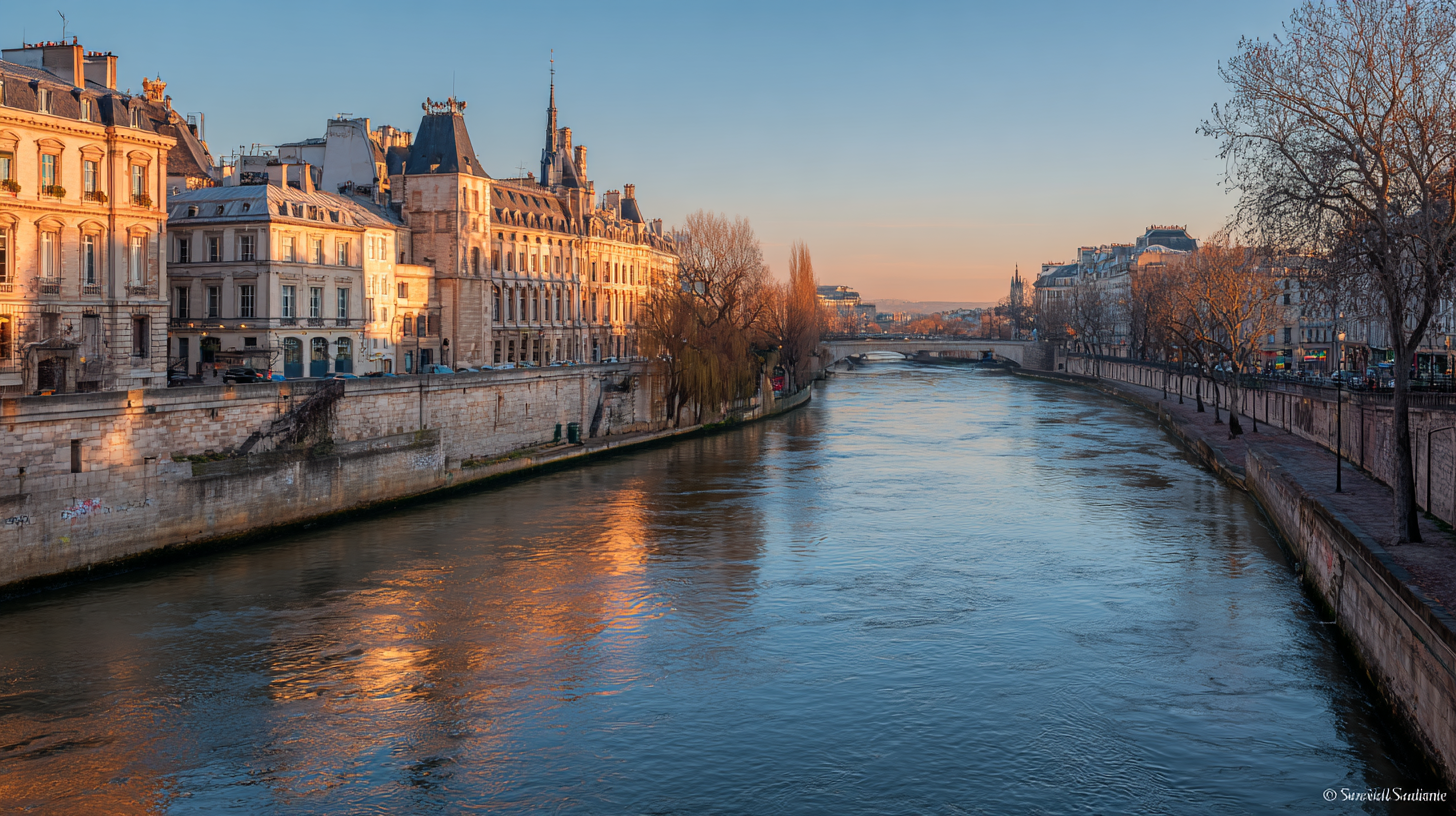
Paris’s post-Olympic phase is proving to be far more than a passing trend; it’s a transformative chapter that responds to both residents’ needs and a new generation of world travelers. I’ve seen how strategic planning, green investments, and digital innovations helped the city handle massive crowds and form a blueprint for sustainable tourism. From the expanded bus and rail lines to the AI-assisted crowd management, you can sense that Paris looks determined to remain an iconic destination for years to come.
In many ways, the lessons gleaned from hosting the Games have fueled fresh cultural and economic momentum. Anyone who wants a nuanced, up-close understanding of the legacy could simply stroll through a once-overcrowded neighborhood and see it blossoming with art installations, cafés featuring local artisans’ work, and whole communities that regained their bearings after the Olympic whirlwind. To me, this newer, more adaptive Paris stands as both an homage to tradition and a testament to innovation.
Brad Lightall’s Take
I’ve journeyed through cities that seemed destined to peak and fade after a major event, but Paris is charting a different route. In a world where attention spans are fleeting, the city expertly capitalized on the Olympics to improve infrastructure and everyday life for everyone.
Personally, I love how even the busiest tourist hubs offer glimpses of modern technology amidst centuries-old architecture. This intricate blend of old and new never ceases to amaze me, and it’s a big reason I believe Paris will keep shining as a must-see destination for frequent flyers.
BoardingArea remains your go-to resource for staying in the loop on all things travel.

